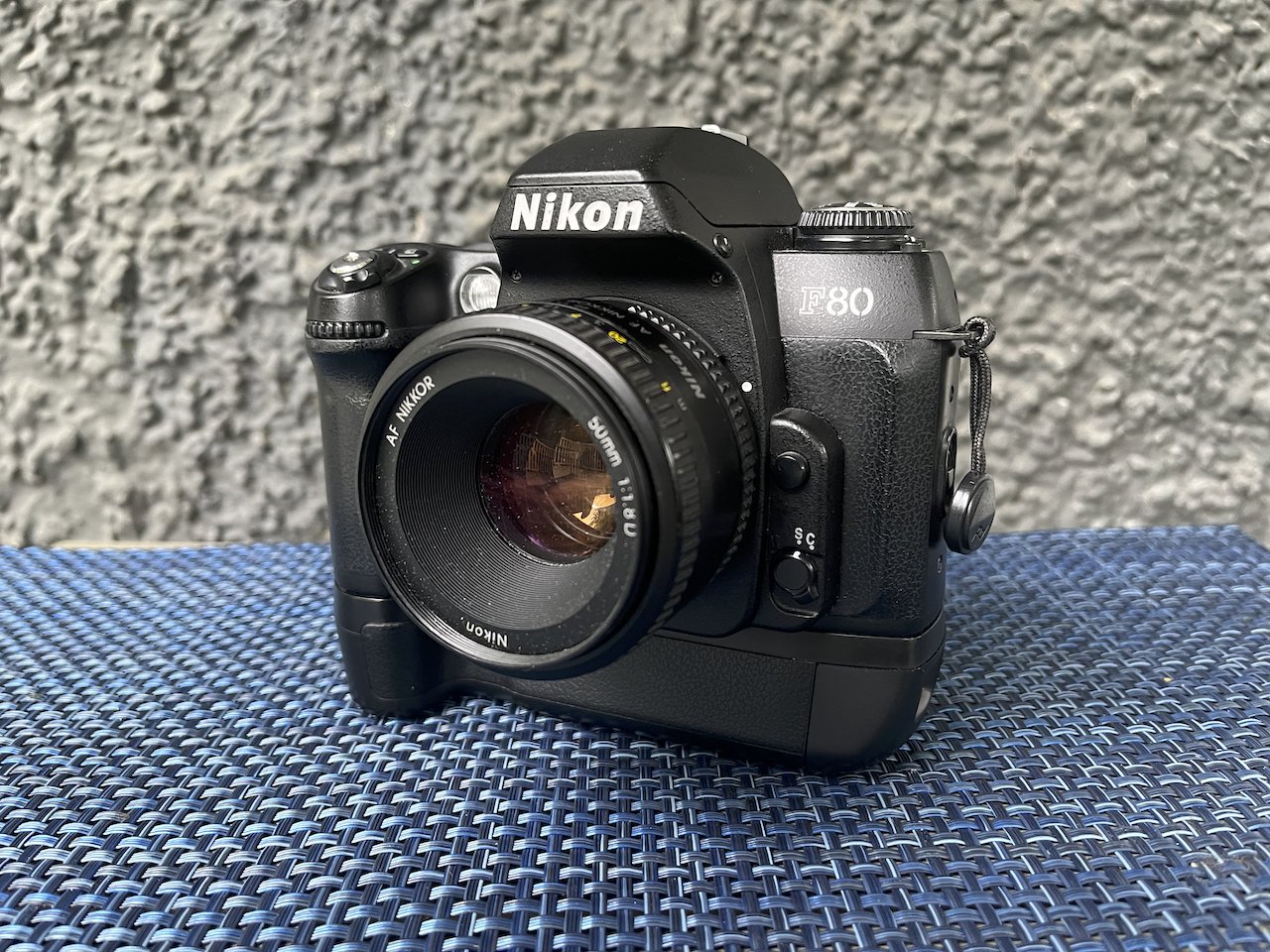In 2010/2011, I ran a film-photography blog called The Photon Fantastic (now defunct). During this time, I wrote several among the following series of articles as part of a larger, collaborative project called The Beginner's Guide to Film Photography, which unfortunately was never finished. I am collecting them here as a navigational aid for newcomers to this blog, and also as the first step in my own return to the project. I intend to complete the writing by mid-2025 and publish the guide as a book by the end of that year.
Developing Black-and-White Film at Home: Introduction, Preparation, and Process
I've also written less technical, more philosophical, and much more opinionated articles about photography. They say I'm polarizing. Oh well.
I'm fascinated by the multitude of ways that photographers think and speak about their art. To my mind, photography is a very slippery thing and it takes a lot of thinking to penetrate the surface of what it is. Here's a (growing) collection of thoughts on photography by great practitioners and critics.
If you’re interested in the tools of the trade, I have begun to write detailed experiential and technical reviews of the cameras in my collection, beginning with the Nikon bodies. To date these are:


